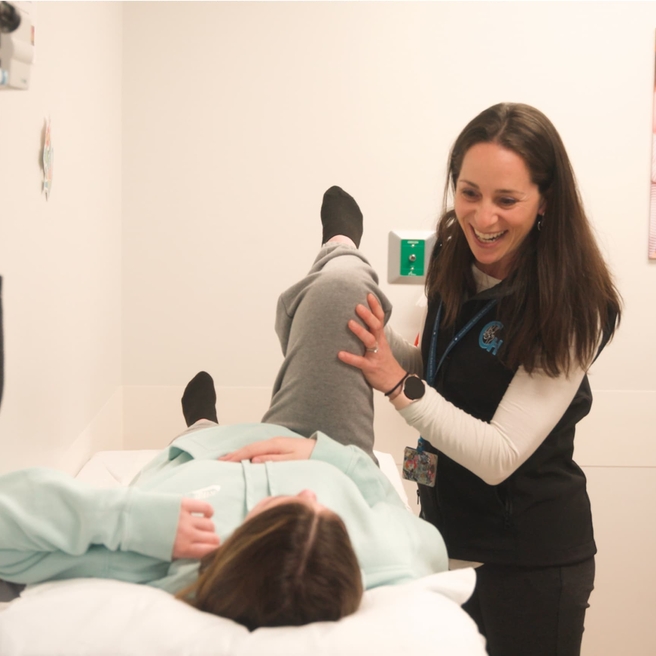What is acetabular dysplasia?
Acetabular dysplasia is an abnormally shallow hip socket that leads to uncovering of the femoral head and excessive pressure on the rim of the hip socket. This can be painful — especially if you are active.
Acetabular dysplasia can be a continuation of developmental dysplasia of the hip (DDH), which is often discovered in early childhood.
In some cases — where a child doesn’t display any symptoms or only has mild DDH — the condition goes undiagnosed until adolescence or early adulthood.
Symptoms of acetabular dysplasia
Acetabular dysplasia can cause pain in the hip, thigh, or knee that is generally worse with activity. The pain usually starts gradually and builds over months and years. Some patients have the sensation that their hip joint feels “unstable.”
Diagnosis of acetabular dysplasia
A diagnosis of acetabular dysplasia may be suspected after a detailed history and physical examination, but x-rays are usually needed to confirm the diagnosis. The findings on x-ray are often subtle, however, and may be missed by practitioners who are unfamiliar with the condition.
Advanced Imaging helps our doctors better understand what’s going on deep inside your hip socket. We may recommend specialized imaging studies, which are all available at CHOP:
- 3-D reformatting imaging — computed tomography (CT) scans that combine X-rays and computer technology to create three-dimensional models of the hip anatomy
- Delayed gadolinium-enhanced MRI of cartilage (dGEMRIC) — imaging where an MRI scan is dedicated to detecting early cartilage breakdown and allows mapping of areas of early osteoarthritis or focal cartilage injury
- Radial hip reconstruction — MRI reconstruction technique that takes slices of the hip joint circumferentially around the ball and socket and allows for more accurate identification of areas of potential coexisting femoroacetabular impingement compared to conventional radiography
Acetabular dysplasia treatment
Treatments for acetabular dysplasia may include non-surgical options such as physical therapy, weight loss and activity restriction. If surgery is needed to treat your hip dysplasia, our expert hip surgeons generally recommend a Ganz periacetabular osteotomy (PAO). PAO surgery improves the coverage of the hip joint, relieves pain and allow you to resume an active lifestyle.

Why choose CHOP
CHOP’s Hip Preservation Program focuses on hip conservation in young adults to stop continued damage and prevent the need for premature hip replacement.
Resources to help
Young Adult Hip Preservation Program Resources
We have created resources to help you find answers to your questions and feel more confident in decisions you make about treatment.


